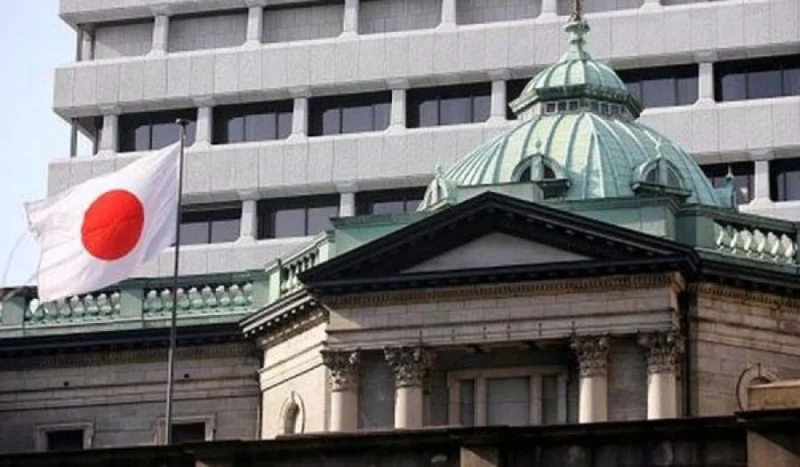Publisher: Maaal International Media Company
License: 465734
S&P to Maaal: Saudi Renewable Energy Plan May Cut Power Costs by $30 Bln Annually
By: Fahad Al-Talal
Saudi Arabia’s renewable energy program is expected to cost between $76 billion and $80 billion as the Kingdom aims to generate 50% of its electricity from renewable sources by 2030, according to S&P Global Ratings. The initiative forms part of Saudi Arabia’s broader strategy to achieve net-zero carbon emissions by 2060.
Sofia Bensaïd, Director of Infrastructure and Project Finance Ratings at S&P Global Ratings, told Maaal newspaper in an exclusive interview on the sidelines of the S&P Global Capital Markets Conference—held in Riyadh under the title “Transforming the Kingdom’s Economy and Its Markets Amid Global Uncertainty”—that the program is largely financed by developers under project finance models and is therefore not reflected on the government’s balance sheet.
اقرأ المزيد
“The full implementation of the program will reduce Saudi Arabia’s annual electricity bill by approximately $30 billion by replacing costly oil-based generation with cheaper solar and wind energy,” Bensaïd said. She added that the Kingdom is witnessing increasing adoption of battery-based energy storage systems to ensure a stable electricity supply amid rising reliance on renewables.
Bensaïd also pointed to the rapid growth of the data centre sector, driven by demand for cloud services, smart cities, and artificial intelligence. “Saudi Arabia offers a competitive environment for digital infrastructure investment, with low-cost land and abundant renewable energy,” she said. She highlighted a recent $5 billion deal signed between DataVault and the NEOM project to build a 1.5 GW energy complex in Oxagon, calling it one of the region’s largest data centre developments.
On financing models, Bensaïd said the process typically involves two stages: initial loans to develop land and infrastructure, followed by refinancing of fixed assets after operations begin. However, she noted that the regional market is still in its infancy compared with the U.S. and Europe.
Commenting on oil prices, Bensaïd said that the current price of around $60 per barrel remains below Saudi Arabia’s fiscal breakeven level—estimated at over $100 per barrel—which could lead to delays or reprioritisation of some Vision 2030 infrastructure projects. Nevertheless, she affirmed that energy transition initiatives will remain a national priority.
Bensaïd concluded by highlighting parallel digital opportunities to support the transformation, noting the Public Investment Fund’s projected annual spending of $40 billion. She said data centres will be central to Saudi Arabia’s economic future, despite their high energy demands, due to their critical role in enabling digital resilience and reliability.









